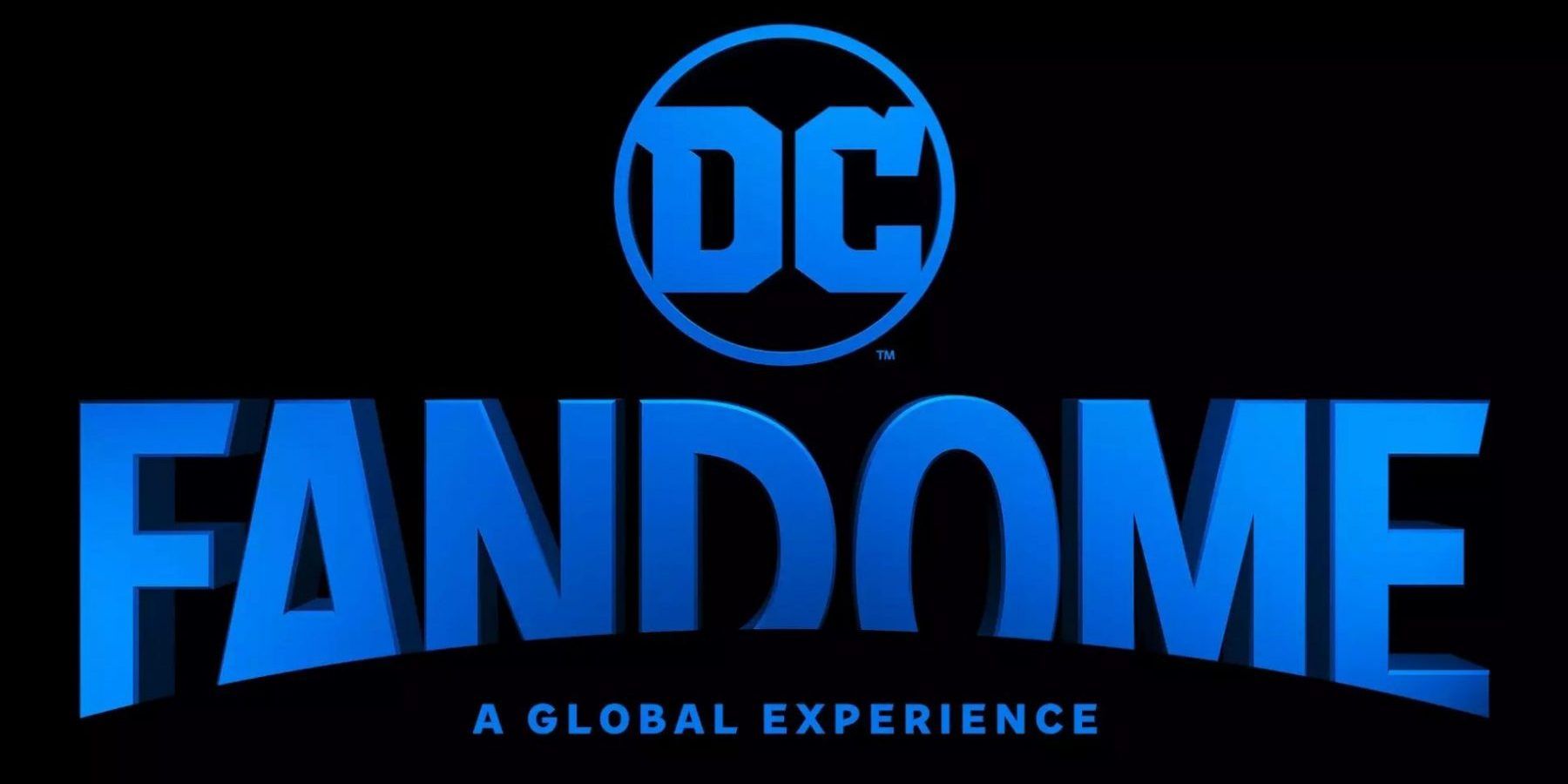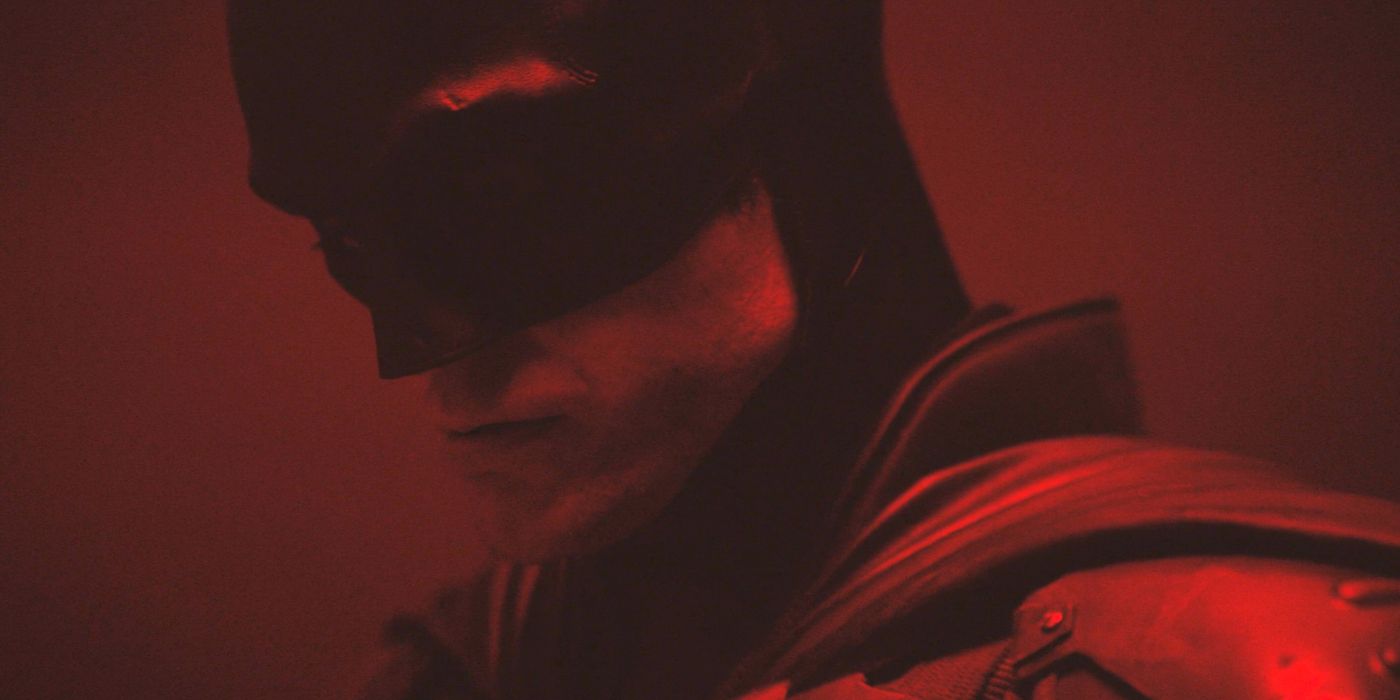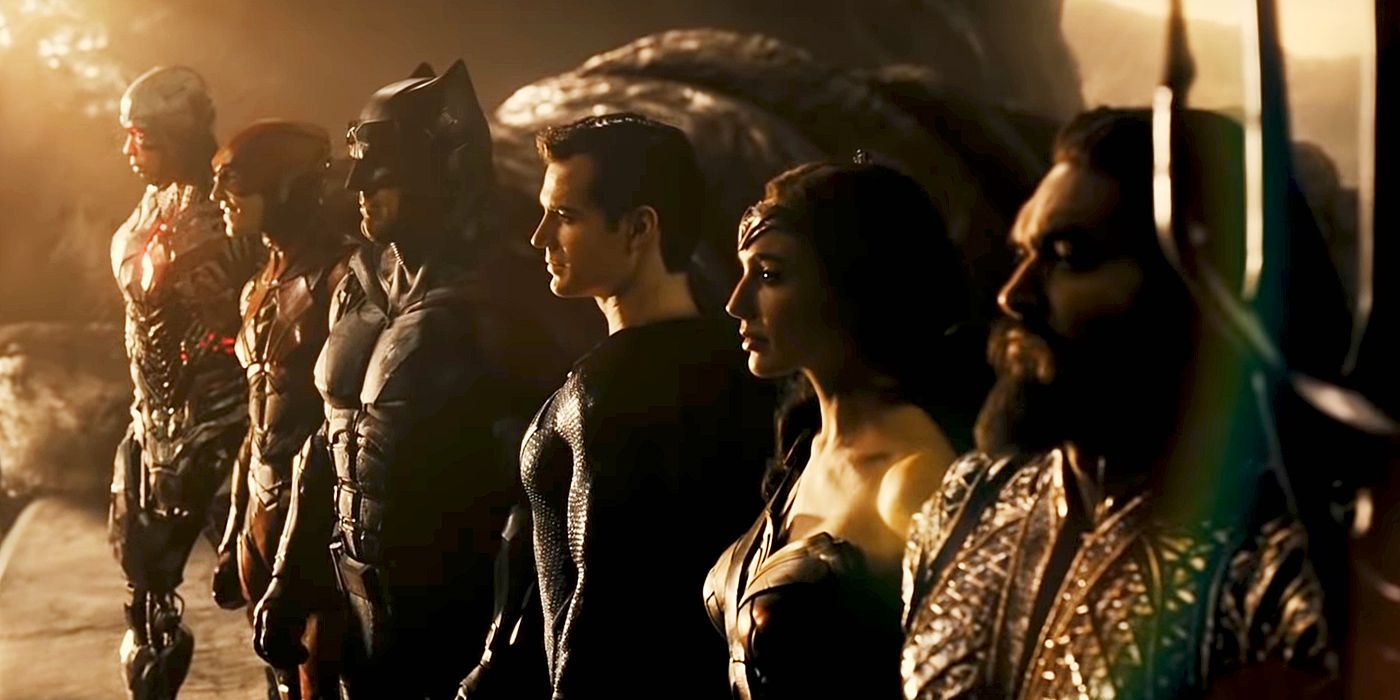When San Diego Comic-Con canceled 2020 live events in favor of virtual presentations, Warner Bros. and DC responded by establishing an online convention of their own. Comic-Con has long been the preferred venue for studios to premiere trailers and teasers for their latest comics-adjacent TV, film and video game projects. Creating a separate entity through which to introduce those projects was a risk that could've backfired. Instead, DC FanDome made the most of the opportunity and seems to have breathed new life into its properties and its brand. In other words, while some might be used to things going wrong for DC, DC FanDome went about as well as could be expected.
Part of DC FanDome's success has to do with the simple luck of getting to go second. When Comic-Con morphed into Comic-Con@Home, producers were still figuring out exactly what a virtual convention would look like. What they came up with was underwhelming in the same way nearly every make-due substitute for real-life has been. Fans and participants were still experimenting with, but also growing weary of necessary interventions like Zoom. That in-person ticketed events were demoted to YouTube clips seemed like a letdown, as did the absence of Lucasfilm, Marvel and, of course, DC. Comic-Con@Home wasn't particularly well-marketed, and for those who did log in, the experience often felt glitchy and diminished.
FanDome gave Warner Bros. and DC time to create a more engaging interface, and a chance to control the narrative from top to bottom. This meant that, rather than rely on a third party to run the show and schedule, DC had more purposeful authorship of what happened when and how. Whether such dominant corporate synergy is ultimately a good or bad thing for the industry is a much broader topic with wide-ranging implications, but in this case, it just worked better than the alternative.
This virtual convention had a much more curated look and feel, thanks to green screens and pre-recording. WarnerMedia honed in on the fact that our attention spans are shorter when fans weren't all in the same arena, and it packaged segments in a way that kept the pace up. Full control meant that DC FanDome not only had more consistent production values, but it could also boast bigger draws. The event was able to deliver a more impressive lineup of stars and headliners over its shorter but more polished 8-hour runtime. Panels for Wonder Woman 1984 and The Batman gave fans access to actors they wanted to see, and movies they'd been waiting for months to hear more about.
Not to mention, FanDome had the once-but-a-rumor Zach Snyder's Justice League panel and trailer ace up its sleeve. The Snyder Cut has movement taken on a life of its own in a way that nothing on the schedule of Comic-Con@Home could rival. But in reality, the difference-maker was that, while other virtual events have adapted, DC FanDome innovated.
Its showcase of everything from Gothan Knights to The Suicide Squad was something in between a convention, a commercial and a program in and of itself. Even when it's safe to gather en masse in public again, expect to see more promotional fan events like it.
KEEP READING: Suicide Squad: Kill The Justice League Shares A Universe With The Batman: Arkham Games



